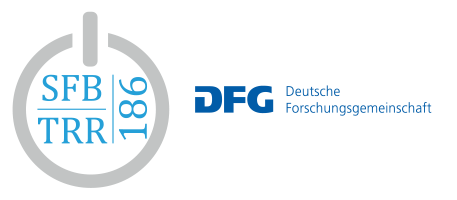Spatio-temporal control of CD95-activation mode.
The CD95 transmembrane receptor plays a pivotal role in cellular response upon interaction with its ligand,
CD95L. Specifically, this receptor can either activate the apoptotic pathway through caspase cleavage or favor
cell survival via the recruitment of SH2-domain proteins. However, the molecular mechanism governing this
bifunctional 'switch' remains unclear. Our prior research identified an additional function for CD95 in its capacity
to modulate the lipid composition of cellular membranes. Through systematic studies, distinct CD95 mutants
have been observed to differentially regulate specific lipid species. These alterations in lipid composition
undoubtedly bear significant ramifications on cell biology. Notably, such changes can modulate global
attributes of the plasma membrane, including membrane fluidity and the dynamic formation of membrane
domains. Furthermore, these lipidomic shifts could influence intracellular membranes, potentially impacting
organelle distribution and function. With these insights in mind, our research has pivoted from examining the
molecular factors that dictate the CD95 switch from death to survival, towards understanding how CD95
switches the cell response to survival signals via lipid remodeling. It is noteworthy that these survival signals
encompass Receptor Tyrosine Kinases (RTKs) such as EGFR, as well as CD95 itself. Our future objectives
are twofold: firstly, to analyze the broader implications of CD95-mediated lipid alterations on cellular signaling,
inherent cell functions, and its role in tumor biology; and secondly, to delineate the precise molecular pathways
by which CD95 governs the cellular lipid profile. In the coming funding period, we will use the biochemical and
microscopy-based tools and assays we have developed in the past funding periods towards these goals. The
combined use of biochemical and single molecule live cell microscopy experimental approaches will allow us
to investigate effects of lipid compositional changes on global cell biology as well as on live cell signaling
events at the single molecule level. Through a comprehensive exploration, we aim to unfold CD95's
multifaceted role in orchestrating cellular outcomes and its potential therapeutic implications.
Prof. Dr. Ana Martin-Villalba (DKFZ Heidelberg)
Prof. Dr. Helge Ewers (FU Berlin)
